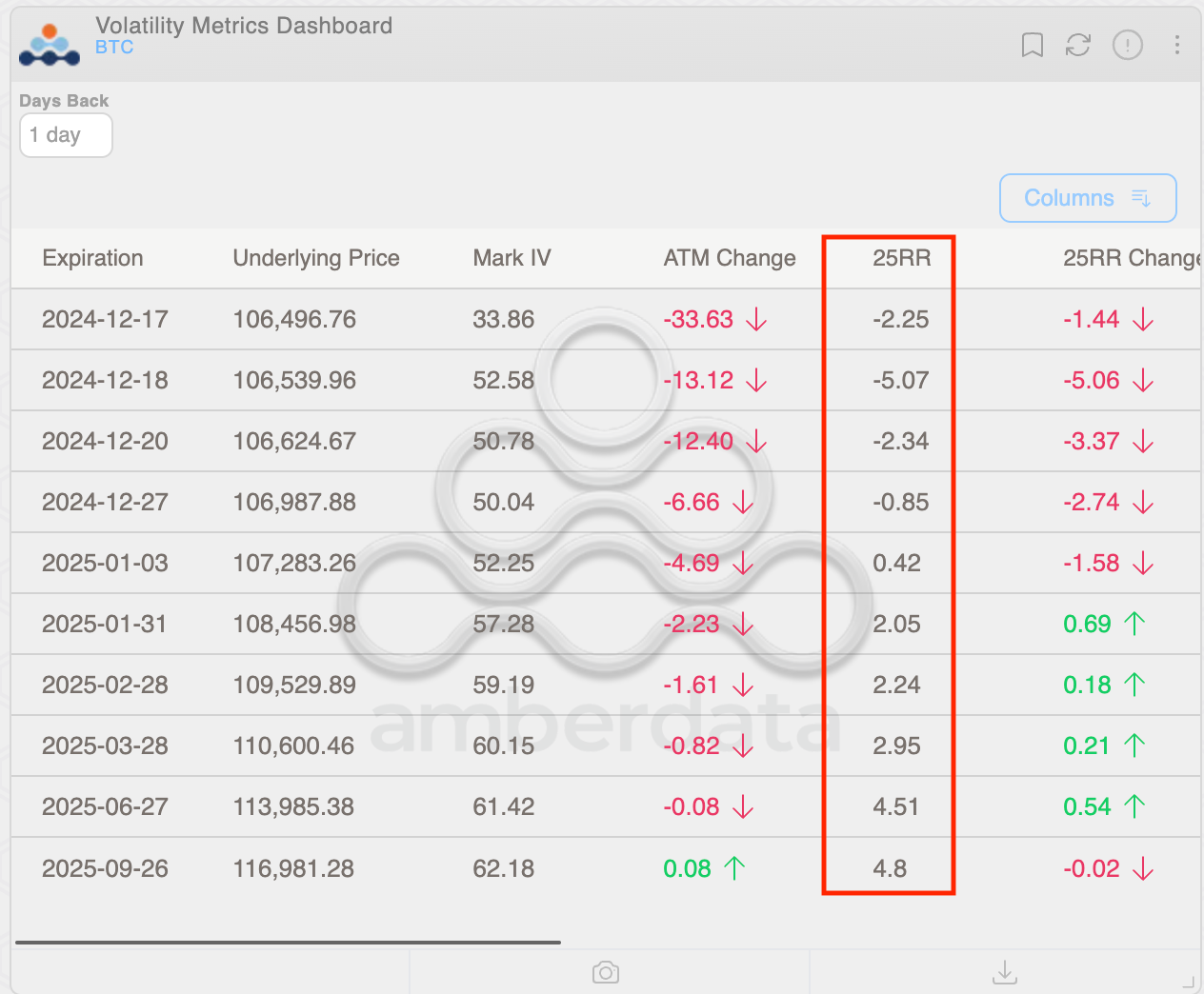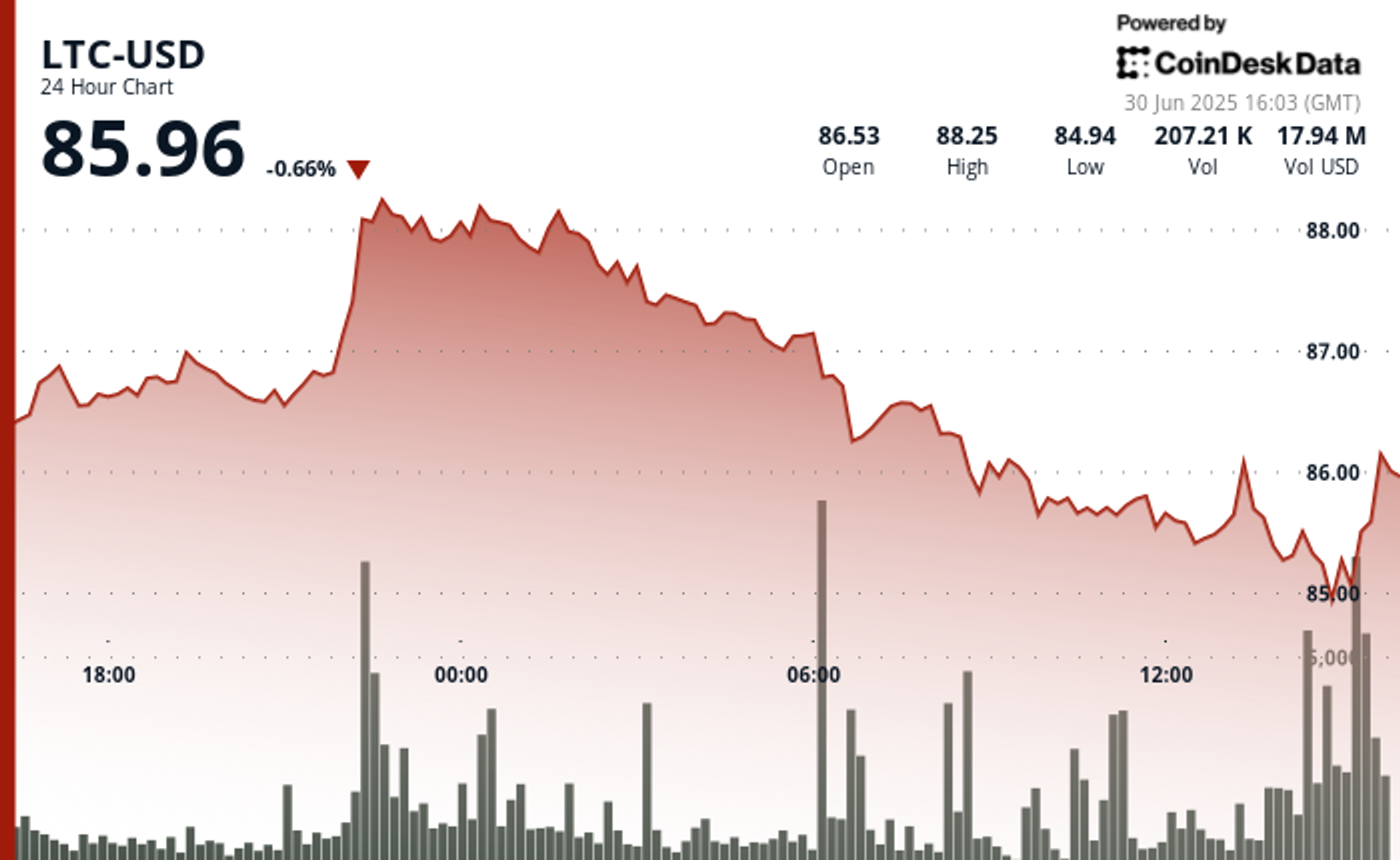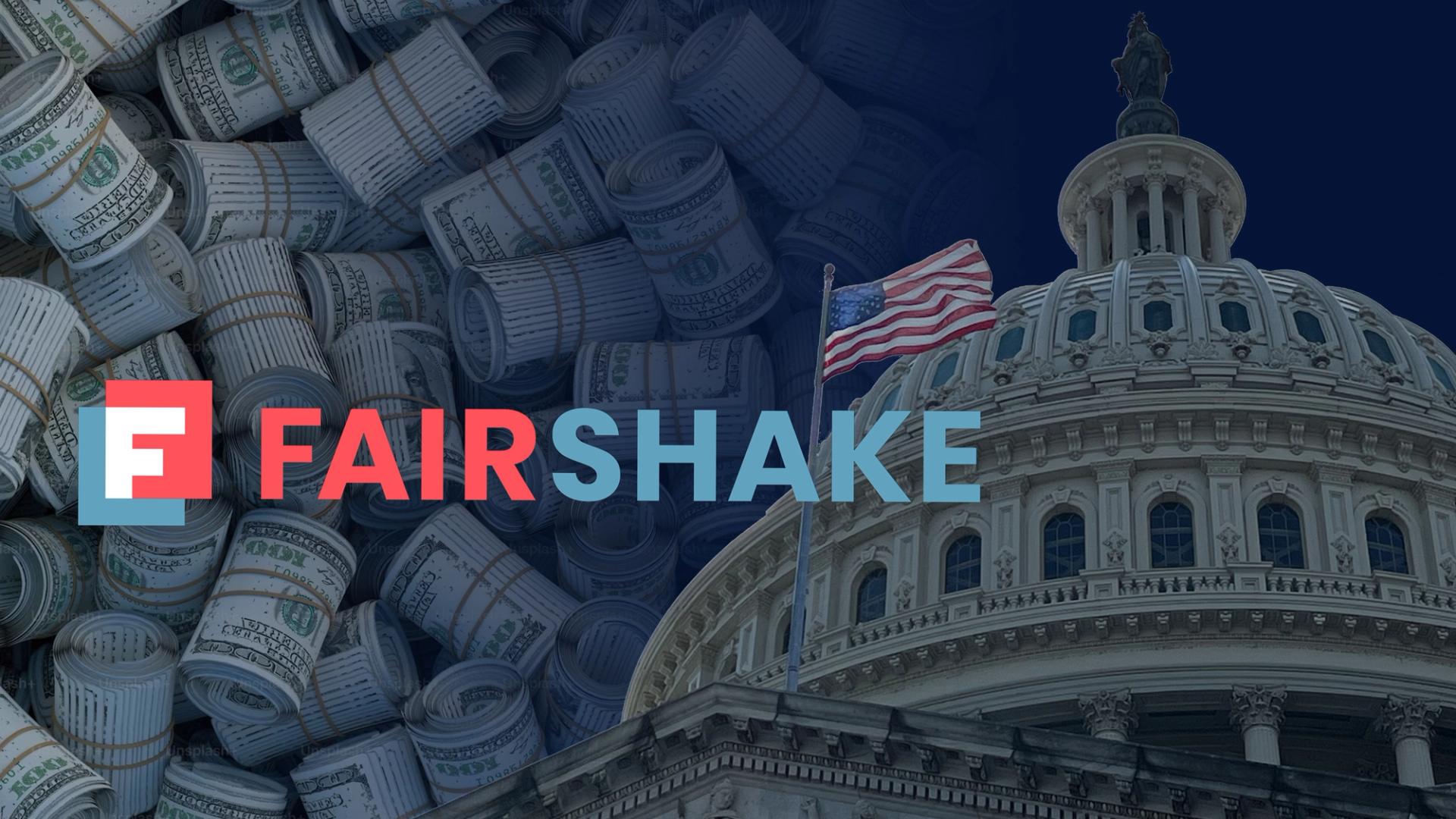Uncategorized
Bitcoin Traders No Longer Chasing Record Price Rally Like Before, Options Data Show

While bitcoin (BTC) continues to reach new lifetime highs, the latest options market trend indicates that traders aren’t chasing the uptrend with the same zeal as before.
On Monday, BTC’s price rose above $107,000, surpassing the previous peak on Dec. 5 and taking the cumulative post-U.S.-election gain to over 50%, CoinDesk data show.
The rally follows President-elect Donald Trump’s assurance that the U.S. will build a bitcoin strategic reserve similar to its strategic oil reserve. Analysts expect the winning streak to continue next year, with prices ranging between $150K to $200K by the end of the following year.
However, the current pricing of options trading on Deribit indicates that traders aren’t chasing the rally like they used to, signaling a more cautious outlook for the short term.

At press time, the 25-delta risk reversal for options expiring on Friday was negative, indicating the relative richness of put options that provide protection against price drops. Puts expiring on Dec. 27 were trading at a slight premium to calls, while the risk reversals extending to the end of March end expiry demonstrated a call bias of less than three volatility points.
That starkly contrasts the trend we’ve observed over the past few weeks, where traders aggressively chased new price peaks, driving short-term and long-term call biases to over four or five volatility points. In fact, short-term risk reversals frequently displayed a stronger call bias than their longer-term counterparts.
The latest block trades coming through on Deribit, as tracked by Amberdata, also show a bearish lean. The top trade so far today has been a short position in the Dec. 27 expiry call at the $108,000 strike followed by long positions in the $100,000 strike puts expiring on Dec. 27 and Jan. 3.
The cautious sentiment could be due to concerns that on Wednesday the Federal Reserve will signal fewer or slower rate hikes for 2025 while delivering the widely expected 25 basis points rate cut. Such an outcome could accelerate hardening of the bond yields, strengthening the dollar and denting the case for investing in riskier assets. Perhaps, sophisticated BTC traders are positioning for a correction.
Uncategorized
Litecoin Slips Below $86 as Resistance Holds; Traders Watch Bitcoin Dominance

Litecoin (LTC) tried to punch above $88 during Monday’s trading session, but met a wall of sell orders near that level.
The token has since retreated to $85.21, down 3.17% since the session’s peak and 1.5% in the last 24-hour period. That stumble erased the week’s slim gains and set a new line in the sand for bulls.
The drop came at a time in which bitcoin (BTC) has been its dominance increase, while its volatility dropped below the 40 mark in a potential sign of incoming action.
Technical Analysis Overview
Litecoin’s price swung significantly in the last 24-hour period, covering a $3.05 range, or roughly 3.5%. The token encountered stiff resistance between $88.00 and $88.42, where sellers stepped in heavily, particularly during late evening trading hours, according to CoinDesk Research’s technical analysis data model.
After peaking, LTC reversed lower and found new support at $85.37. The steepest drop was accompanied by the session’s highest trading volume of over 180,000 tokens, signaling strong bearish sentiment.
Short-term trading saw additional volatility. In the last few hours of trading, LTC spiked from $85.65 to $86.05, a 0.47% jump, on a burst of buying. But momentum quickly reversed, sending prices back down to $85.53 on another volume spike.
This cemented resistance near $86.05 and reinforced the new support level at $85.37, leaving Litecoin at $85.42 as the session ended. Traders are watching these levels closely for clues on whether the asset will stage a recovery or slip lower in the days ahead.
Uncategorized
Industry’s PAC Keeps Seeking to Add Allies as Congress Hashes Out Crypto Legislation

The crypto industry’s political-finance arm, the towering campaign-funding entity known as Fairshake, dropped another $1 million into the coffers of a special-election candidate hoping to replace a Virginia Democrat who died in office, Representative Gerald Connolly.
The candidate favored by the industry’s chief political action committee, James Walkinshaw, won the Democrats’ so-called firehouse primary over the weekend, in which the party conducted its own polling to determine its chosen candidate among a field of nine. The general election to formally select the Fairfax County region’s next member of Congress is set for Sept. 9, though the Democrat incumbent took about two thirds of the vote in the regular election last year, giving Walkinshaw a heavy advantage.
«We look forward to James joining the growing, bipartisan coalition in Congress that understands the importance of securing America’s leadership in the next generation of technology,» said Josh Vlasto, a Fairshake spokesman, in a statement. He argued that the race again demonstrated that the electorate isn’t moved by critics who attempt to tarnish candidates who show support for the sector and are backed by its campaign resources, as at least one of Walkinshaw’s opponents sought to do.
Fairshake (and its affiliate super PACs, Defend American Jobs and Protect Progress) rose into prominence in the 2024 congressional elections as it amassed a huge war chest from major digital assets businesses, including Coinbase, Ripple and a16z. It devoted its campaign spending in outsized chunks that in some cases dwarfed what was spent by the opponents of the group’s chosen candidates. As a result, Fairshake added a long list of winners to the ranks of Congress’ crypto supporters in those elections, but it has continued its strategy in special elections as one-off contests seek to fill vacated seats such as Connolly’s.
In the case of Walkinshaw, Connolly’s former chief of staff, the spending came from Protect Progress, which focuses on Democrat candidates. While his former boss had voted routinely against crypto issues, Walkinshaw’s campaign site says the candidate favors an «embrace of the next generation of technology,» including blockchain, which the campaign said «can reduce administrative costs for businesses and lower fees for consumers.»
«Congress should establish modern, risk-based regulatory frameworks that support responsible innovation and prevent abuse,» according to Walkinshaw’s website.
The super PAC still has about $116 million on hand as the 2026 congressional election cycle approaches next year, Vlasto said. Current members of Congress it supported in the past round are already at work on major crypto bills that have been advancing this year.
Fairshake makes massive «independent expenditures» in political races, meaning their outside money buys advertising without approval or communication from the candidate. Though it represents crypto interests, the advertising purchased by the group almost never mentions the topic of digital assets, instead focusing on whatever political points are most likely to garner a win.
Read More: Crypto’s Fairshake Notches Latest Wins in Florida Congressional Races
Uncategorized
XRPL EVM Sidechain Goes Live, Unlocking Ethereum Dapps in XRP Ecosystem

Ripple officially introduced the XRP Ledger’s Ethereum Virtual Machine (EVM) sidechain to the mainnet in an bid to improve the ecosystem’s interoperability and allow developers to deploy their Ethereum-based decentralized applications (dapps) with the XRPL.
The development adds EVM-compatible smart contracts while maintaining a connection to the XRPL, giving developers access to the ecosystem at a low cost, Ripple said in a blog post. It is designed to eliminate the trade-off between EVM compatibility and XRPL’s own advantages, opening the door for dapps to lean into XRP’s payments infrastructure.
“The XRPL EVM Sidechain introduces a flexible environment for developers to deploy EVM-based applications, while maintaining a connection to the XRPL’s efficiency,” David Schwartz, Ripple’s chief technology officer and a co-creater of XRPL, said in the post. “It extends the capabilities of the ecosystem without changing the fundamentals that make the XRPL reliable.”
The sidechain operates as a separate blockchain that is parallel and connected to the XRP Ledger over the Axelar bridge, an interoperability protocol. XRPL’s native token, XRP (XRP), will serve as the native gas token for the sidechain.
The chain is designed specifically for developers, as they can now build and deploy their EVM-based applications, while accessing XRPL’s network of over 6 million wallet holders, Ripple said. The sidechain is planned to eventually also integrate with Wormhole, another interoperability protocol, allowing even more developers to access the XRP ecosystem.
Read more: Ripple Integrates Wormhole With XRP Ledger to Power Institutional Multichain Moves
-

 Business9 месяцев ago
Business9 месяцев ago3 Ways to make your business presentation more relatable
-

 Entertainment9 месяцев ago
Entertainment9 месяцев ago10 Artists who retired from music and made a comeback
-

 Fashion9 месяцев ago
Fashion9 месяцев agoAccording to Dior Couture, this taboo fashion accessory is back
-

 Entertainment9 месяцев ago
Entertainment9 месяцев ago\’Better Call Saul\’ has been renewed for a fourth season
-

 Business9 месяцев ago
Business9 месяцев ago15 Habits that could be hurting your business relationships
-

 Entertainment9 месяцев ago
Entertainment9 месяцев agoDisney\’s live-action Aladdin finally finds its stars
-

 Entertainment9 месяцев ago
Entertainment9 месяцев agoNew Season 8 Walking Dead trailer flashes forward in time
-

 Tech9 месяцев ago
Tech9 месяцев ago5 Crowdfunded products that actually delivered on the hype





